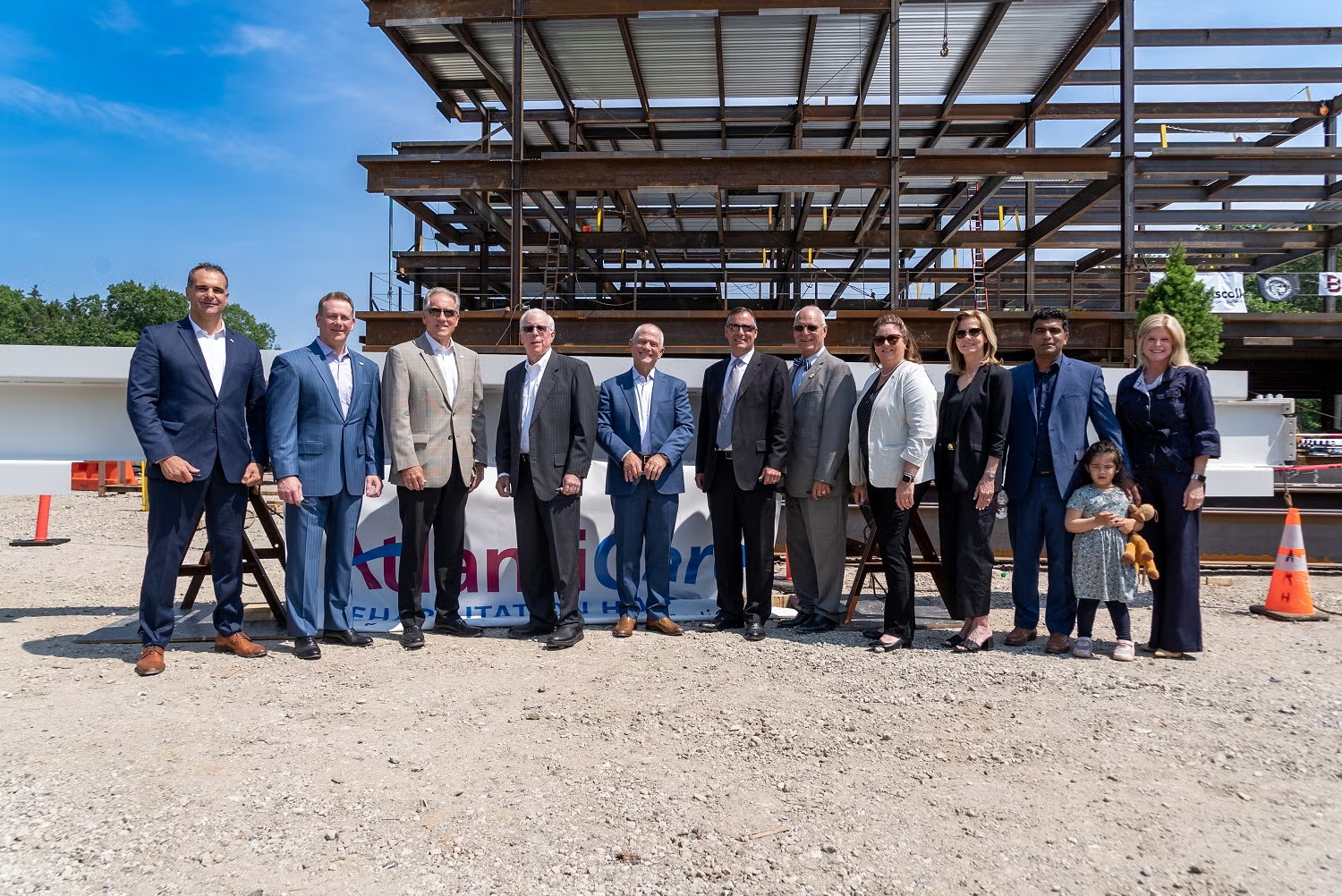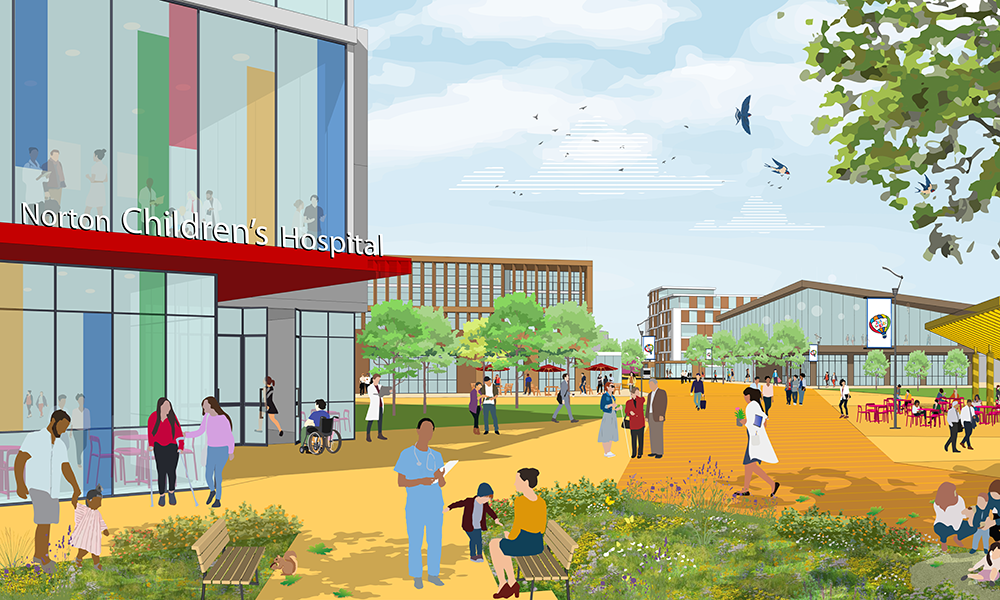By Roxanne Squires
NANTUCKET, Mass. – Situated 30 miles at sea in a facility nearly 60 years old, Nantucket Cottage Hospital (NCH) has been serving its island community for over 100 years, with the facility being the only healthcare option for its 11,000 permanent residents as well as 60,000 seasonal residents.
The island’s new 120,000-sqaure-foot, 14-bed hospital is a right-sized facility that seeks to transform the patient experience and increases access to providers.
The new NCH confronts the shifting seasonal populations as well as fluctuating weather patterns to ensure functionality throughout all conditions.
Ultimately, NCH selected Cannon Design of Boston to build a hospital that can withstand even the most severe weather events, including hurricanes. NCH is designed to be the “last building standing,” prioritizing safety and resilience and is said to be able to withstand Category 5 hurricanes and up to 185 mph winds. The facility is scheduled to be open to patients by the end of 2018.
Mike Cavanaugh, sustainability leader at CannonDesign, spoke to HCO News to discuss hurricane preparedness and hurricane-resilient design.
Q: What are the standard operation plans for hurricanes in healthcare facilities?
Cavanaugh: Emergency plans vary depending on location, climate and the acuity of patient population served. For inpatient hospitals these emergency preparedness plans can range from partial shut-down and of non-critical care functions to maintaining full operations with supplies and plans for temporary housing of housing medical staff. We work with our clients to ensure first that they have a plan and then we to design toward it. One way we are able to assist in that is by providing natural disaster impact risk (or resilience) assessments. For example in coastal Massachusetts, the primary risks may be storm surge, flooding and high winds. In California, however, we may be more focused on extended drought and wildfires. In some cases, as we see more frequently, now, these plans may tie in to a larger regional strategy with other healthcare facilities and local governments.
Q: What are some design techniques/features a facility can incorporate to prepare for/withstand hurricanes?
Cavanaugh: It’s not just about preparing for hurricanes, it’s designing hospitals to be resilient to storms, climate change, new technology, power loss and more. When we think of storms, the most common design features of resilient structures are investing in windows and materials that can withstand intense winds, flood walls, elevated power sources and patient floors, to name just a few. A few other things building owners should consider:
- Invest in future weather prediction. Designers and building owners can use tools like the U.S. Climate Resilient Toolkit to model which climate changes will create new environmental conditions over time. Then, they can design hospitals to not just be resilient to current challenges, but those that will develop in the future. They could also consider accessing personal weather stations that can help the staff to prepare for upcoming weather events. This should ensure that workers are aware of any extreme weather that is forecast.
- Embrace redundancy. Loss of power is always a threat to healthcare facilities and failing to design redundancies into power systems can leave health facilities without power for extended time or during severe weather events. Critical to any resilient design solution is the incorporation of multiple redundancies into a building’s power infrastructure via generators and on-site reserve fuel for these challenging moments
Q: What specific supplies/services are in place at Nantucket for emergency weather conditions? Are there any innovative electronic/technological systems integrated into the facility for hurricane preparedness/protection?
Cavanaugh: Nantucket Island and its residents face unique challenges. Given its location in the Atlantic Ocean, NCH must regularly deal with inclement weather. The new hospital is designed to withstand potentially catastrophic conditions and provide critical services while “off-the-grid” when weather cuts off access to the mainland, Prepared to be the “last building standing” the facility is equipped with dual fuel electrical generating capacity to provide system redundancy, mechanical elements well above grade in case of severe flooding, materials to withstand 150 MPH hurricane winds, and operable windows for ventilation in the event the HVAC loses power.






